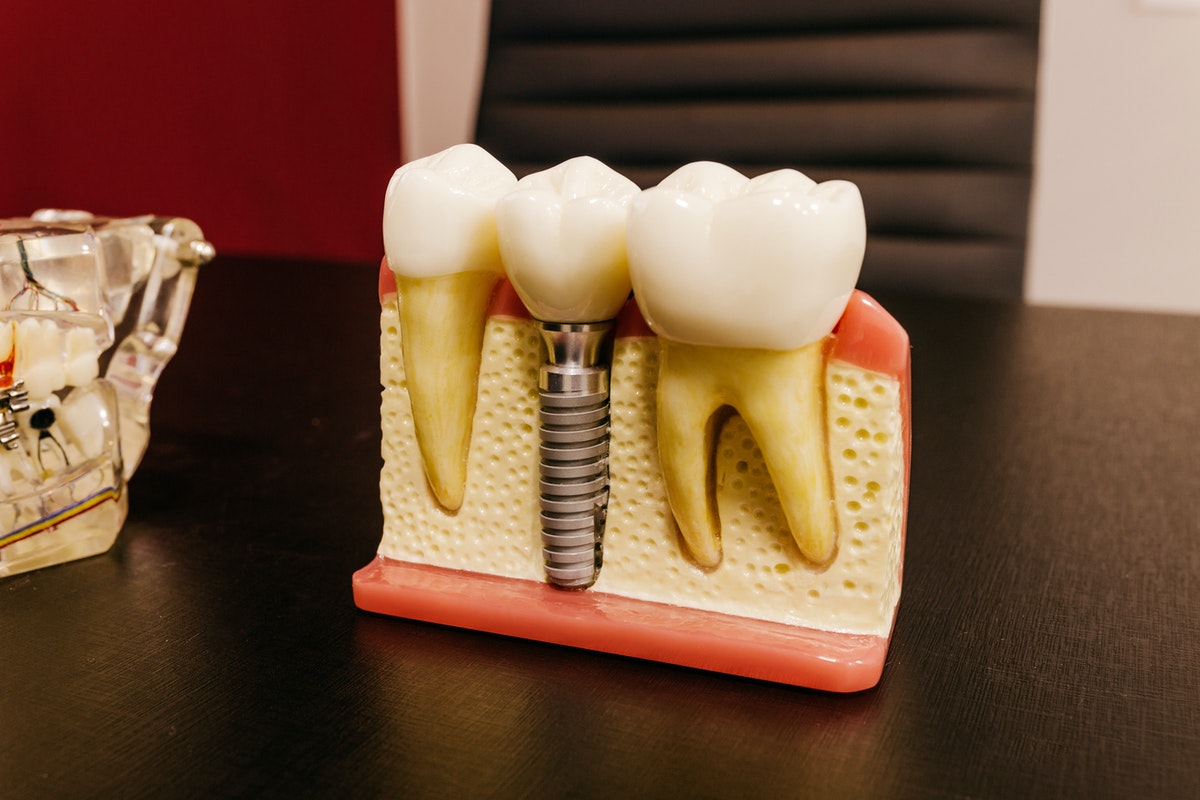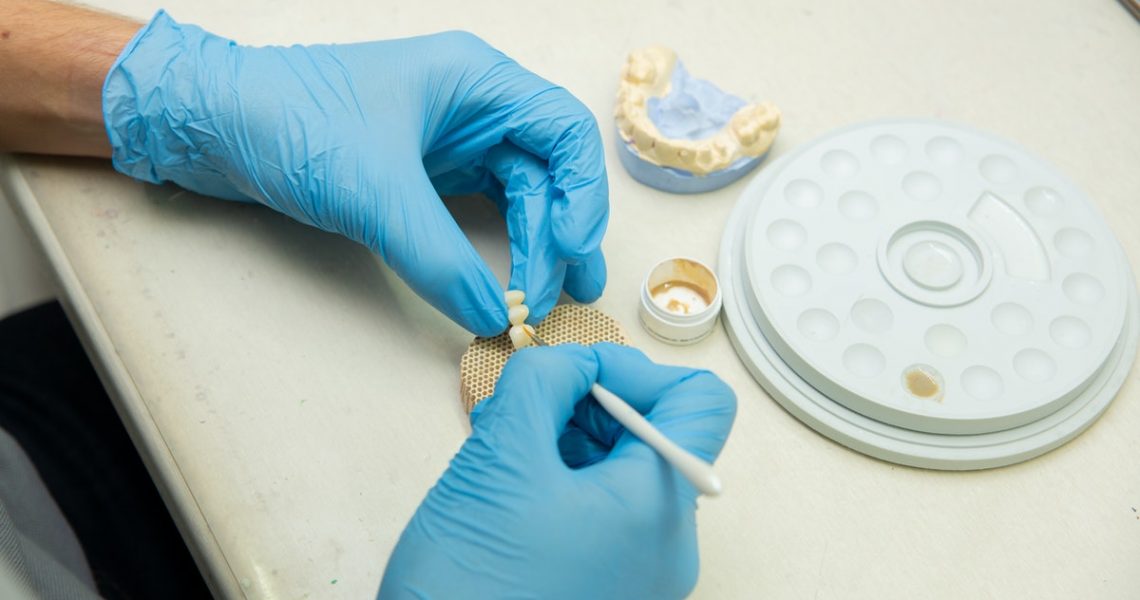Are you looking for a way to permanently conceal a gap in your smile? Or have you simply had enough of limiting your diet? In recent years, restorative dentistry has come leaps and bounds and now, it is possible to have a synthetic tooth affixed to your jaw, using a mixture of oral implants, osseointegration and lots of cosmetic sculpting from trained cosmetic dentists!
But are all oral implants the same, and which one would be the most suitable for you? In this list, the most commonly used types of oral implants are mentioned, helping you get a better idea of what your dental team can offer you.
Endosteal implants
The most commonly used dental implant Melbourne is the endosteal implant. Made from titanium, the implant is affixed into the jawbone and fuses to it over 3-6 months, depending on the age and health of the patient.
However, due to its size and positioning, to have the implant fitted, you will need to have x-rays performed to confirm that your jawbone is thick and healthy enough to support it.
Subperiosteal implants
Subperiosteal implants are interesting as they are fitted in a very different way to traditional implants!
Regular implants are affixed to the jawbone and fuse over time since they are made from titanium. Dental teams may use already vacant sockets if the tooth has been lost recently or may choose to drill a hole for the implants if the sockets are no longer open.
However, with subperiosteal implants, there is no need to attach a metal component to the jaw. Rather, there is a metal frame that is placed under the gum line but above the jaw, which then has protruding metal screws that act as the fixing point for the prosthetic teeth. Subperiosteal implants are suitable for patients who have damaged or minimal jaw bone.

Zygomatic implants
Envision the standard endosteal implant; make it a bit thicker and about three times longer and you have the zygomatic implant!
However, unlike other implants that are mentioned in this list, zygomatic options are only suitable for patients who need to have teeth on their upper jaw replaced. A zygomatic implant is not affixed to the jaw in the same way as other implants; rather, your dentist will drill through your jawbone and attach it to your zygoma or cheekbone.
It is usually suited for those who require a bridge, upper denture or larger prosthetic to replace their missing teeth and have minimal jawbone on their upper jaw.
Mini or micro implants
As the name suggests, these are mini versions of the standard oral implants!
They are typically used on patients who have an insufficient amount of jaw bone and, therefore, cannot support a full implant. Unlike other alternatives on this list, however, your dentist may be able to fit one of these implants and attach the crown on the same day! Be aware though that mini implants are not often used to support larger prosthetics, such as bridges or dentures, so they may only be suitable for you if you need to have a single tooth replaced.
DISCLAIMER
Any surgical or invasive procedure carries risks. Before proceeding, you should seek a second opinion from an appropriately qualified health practitioner.

